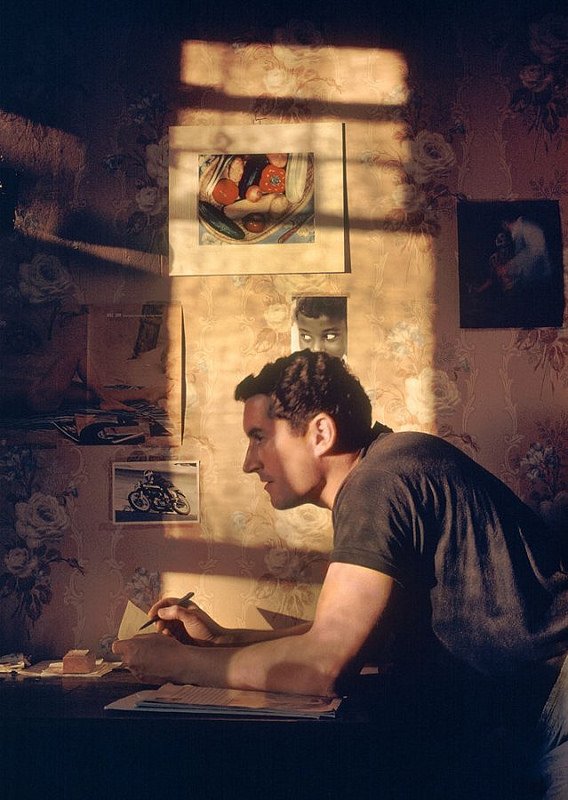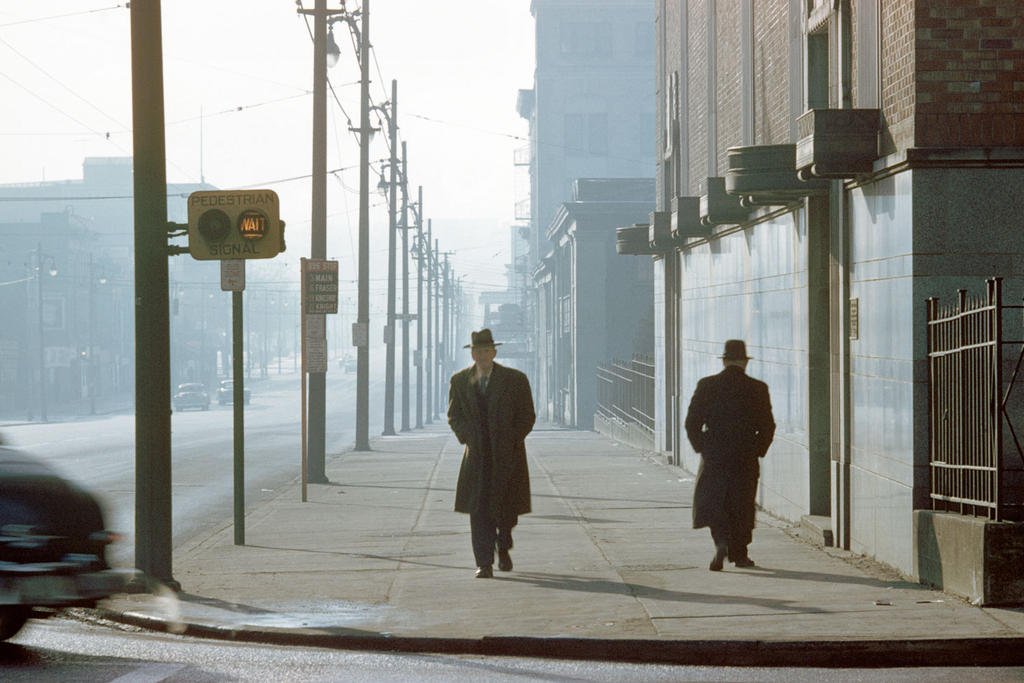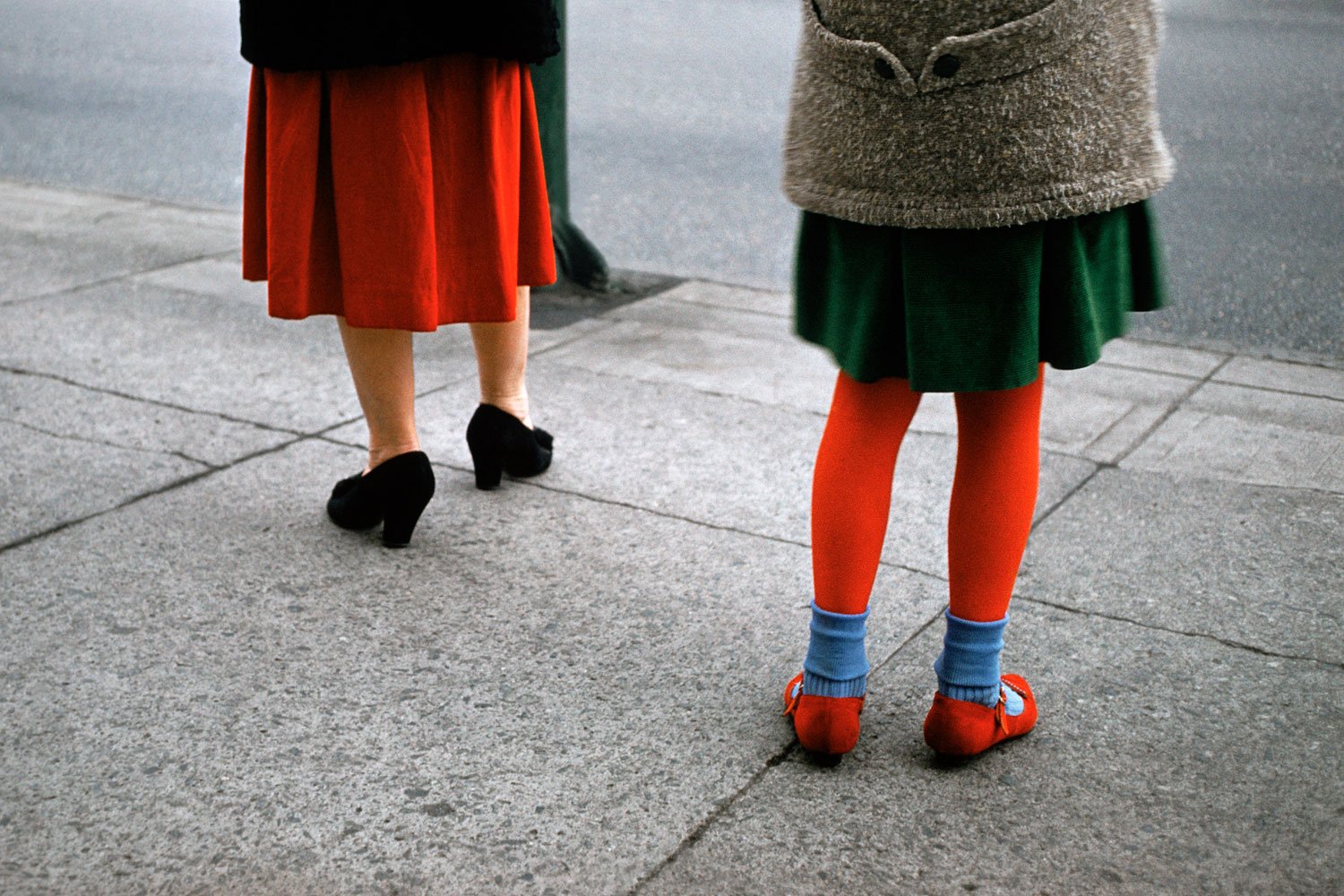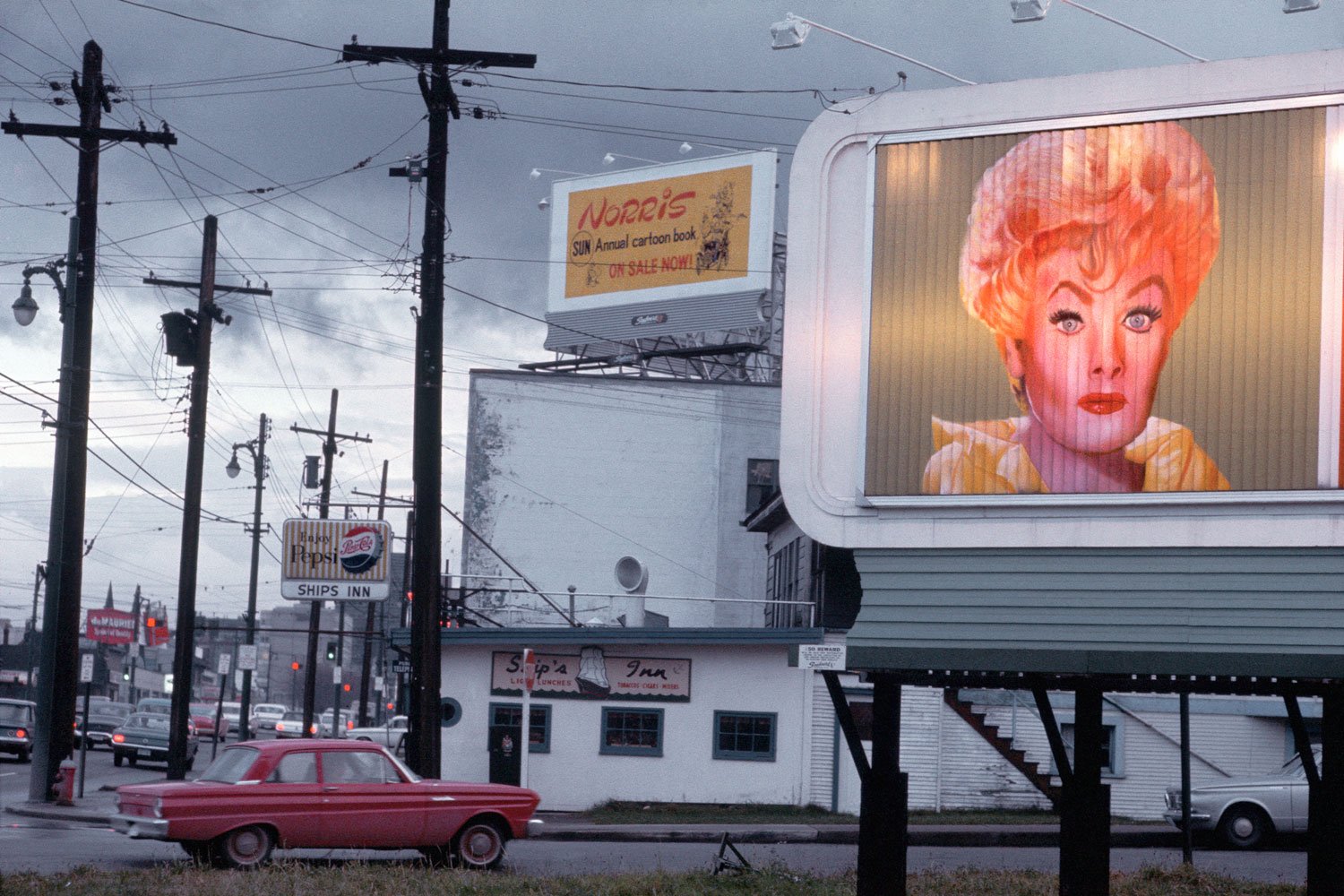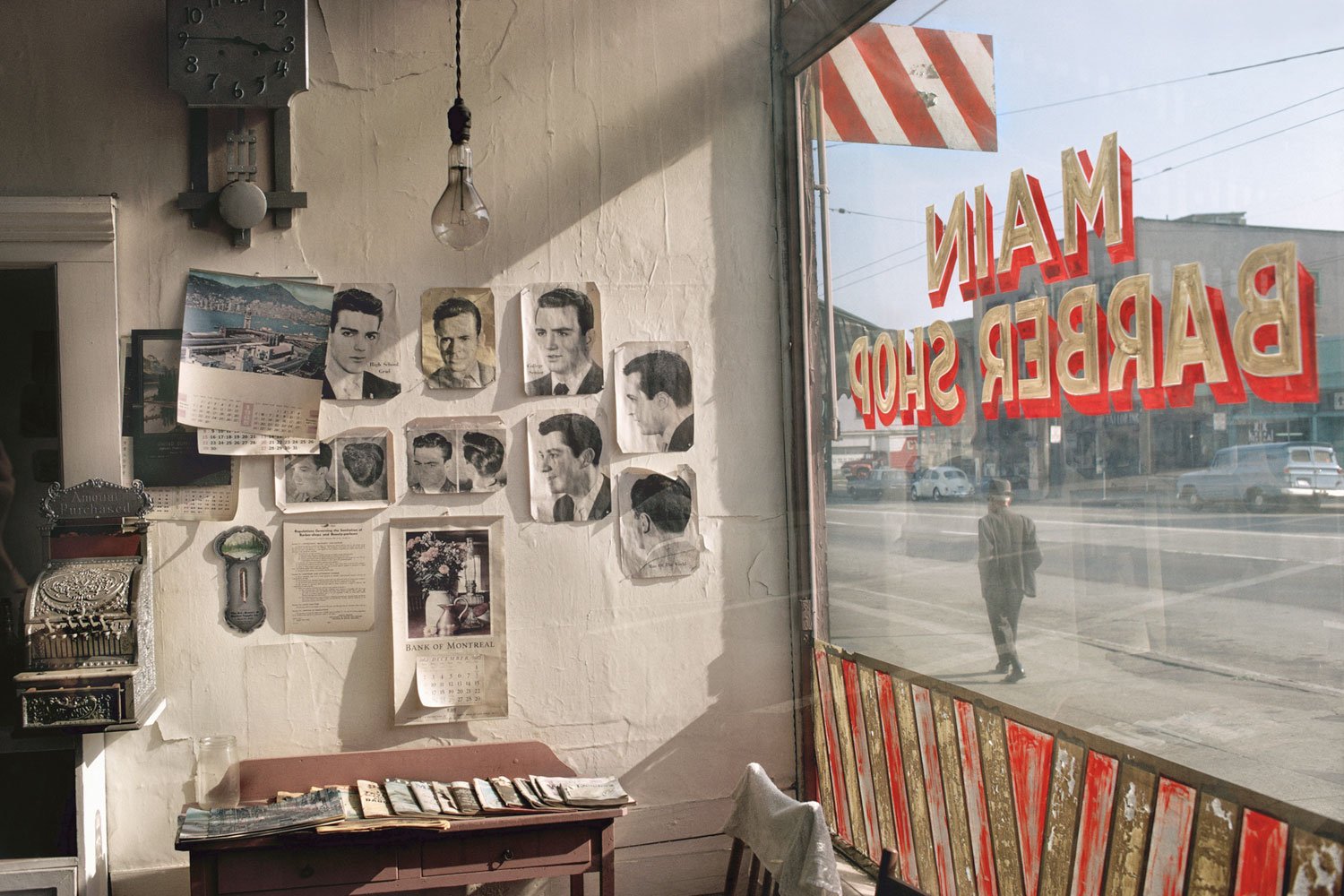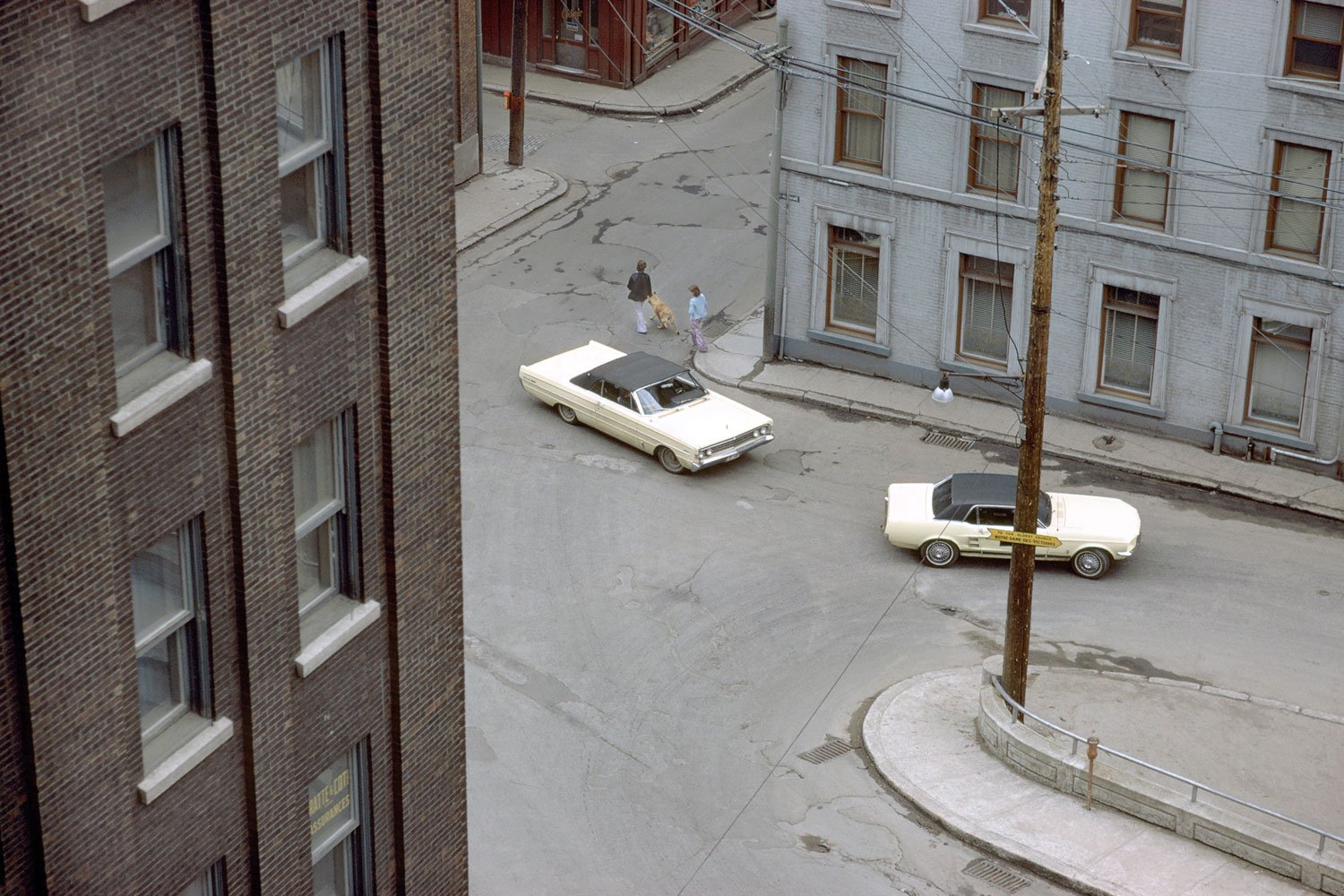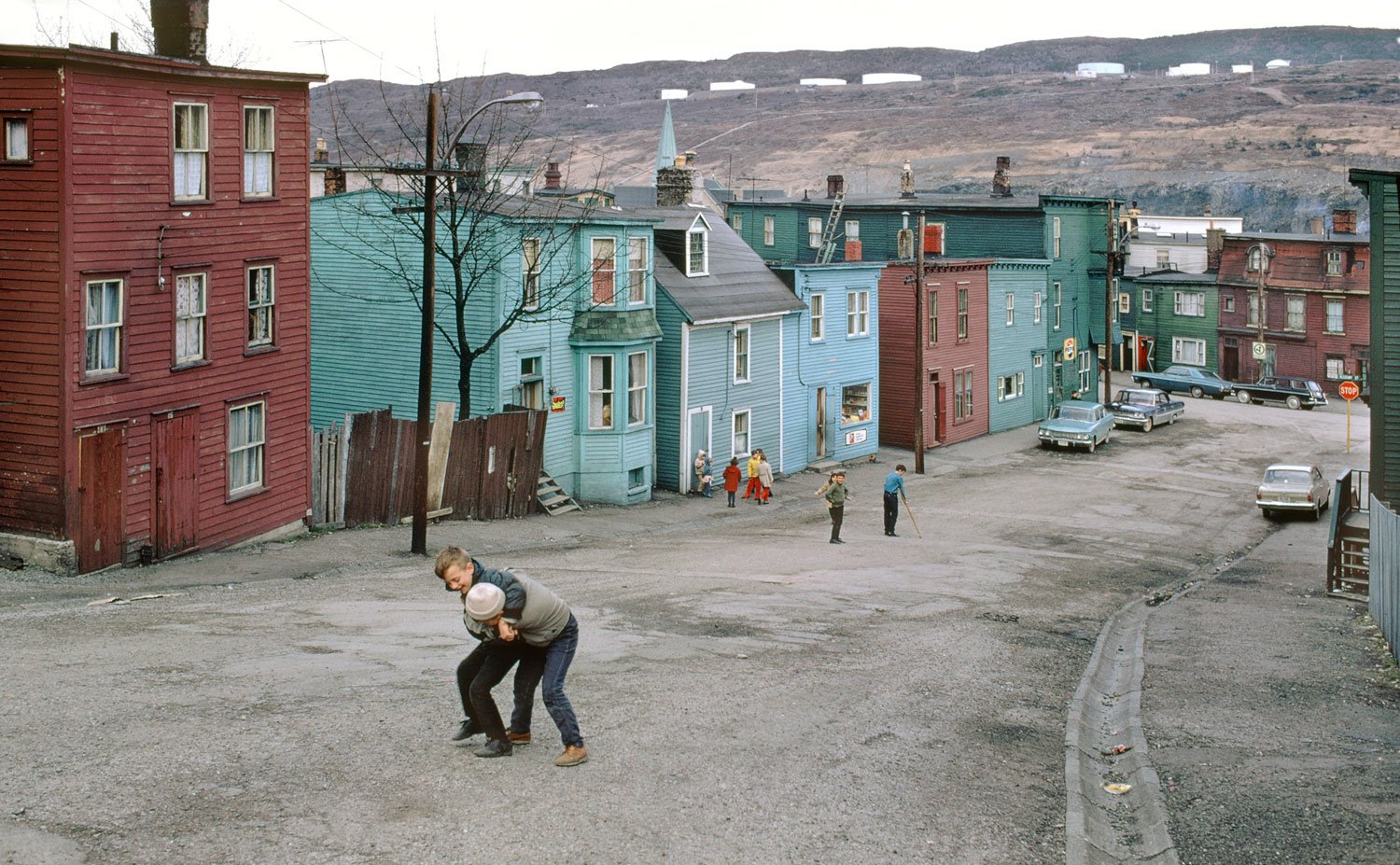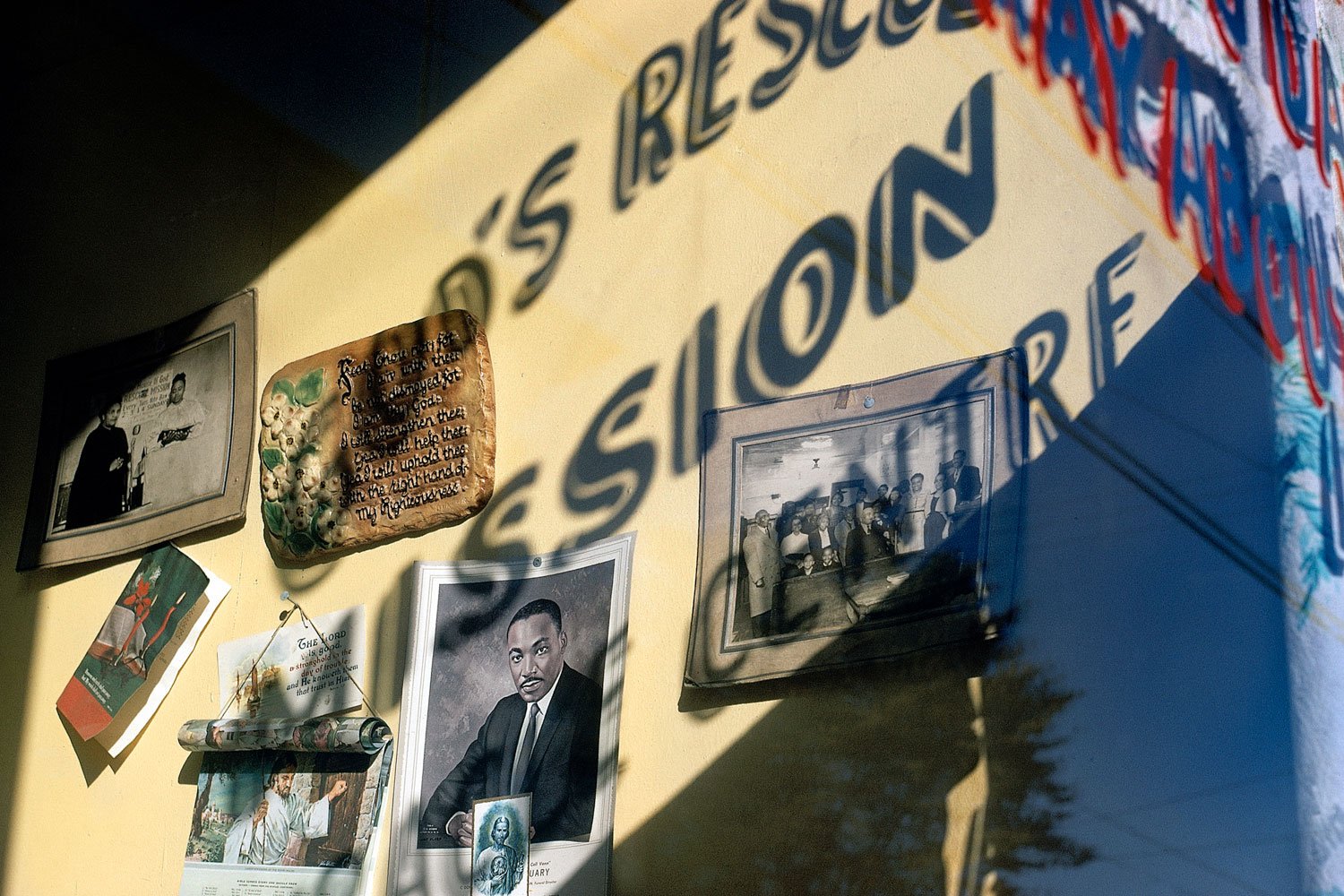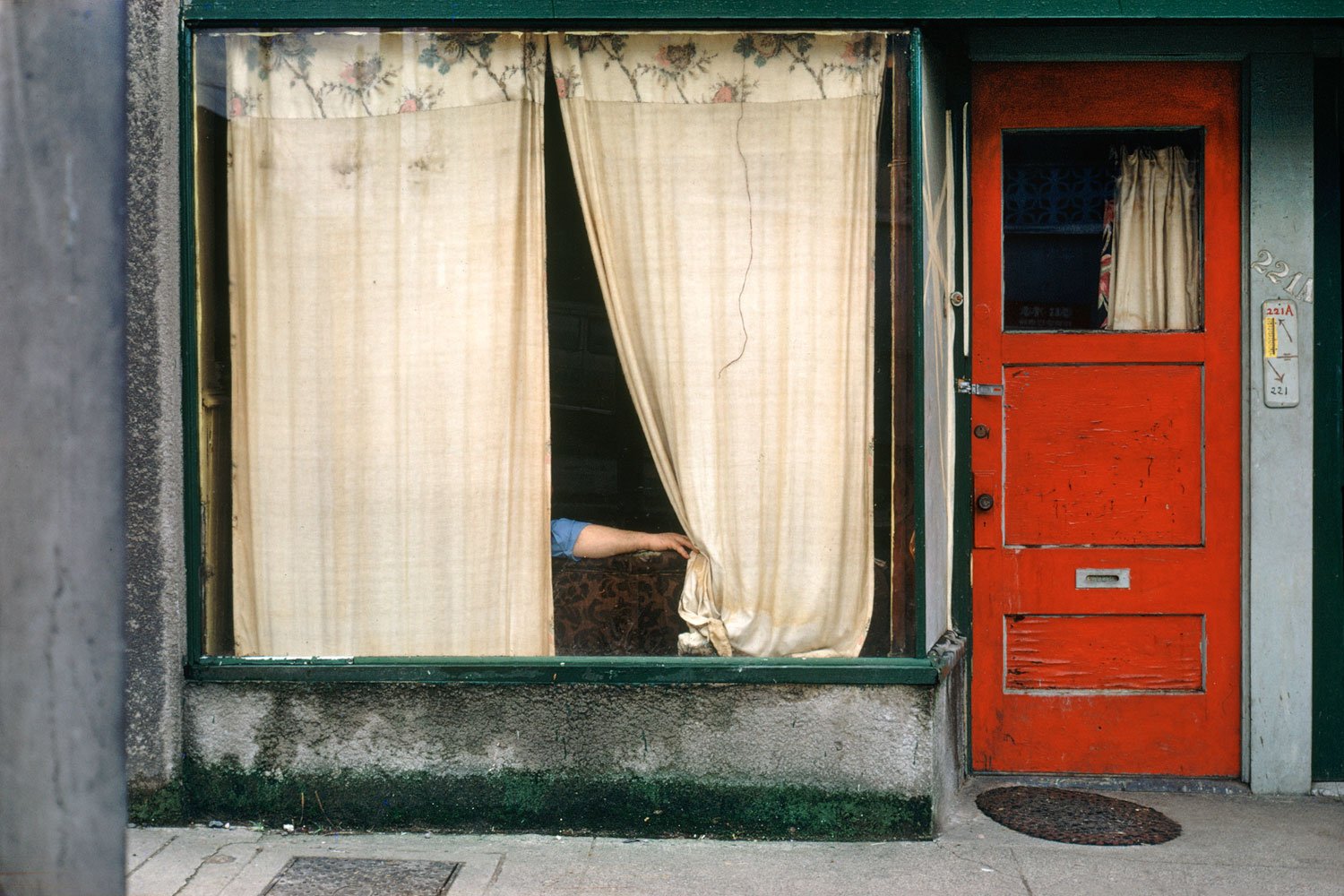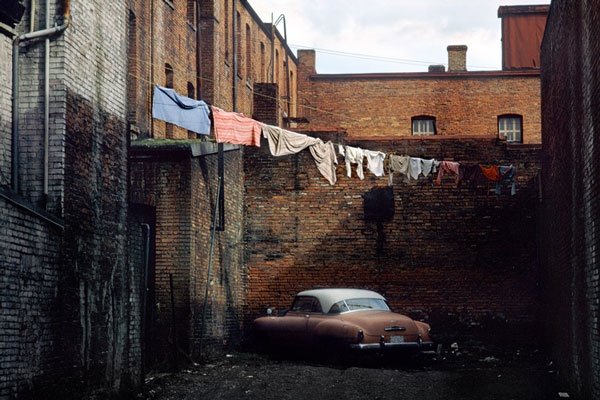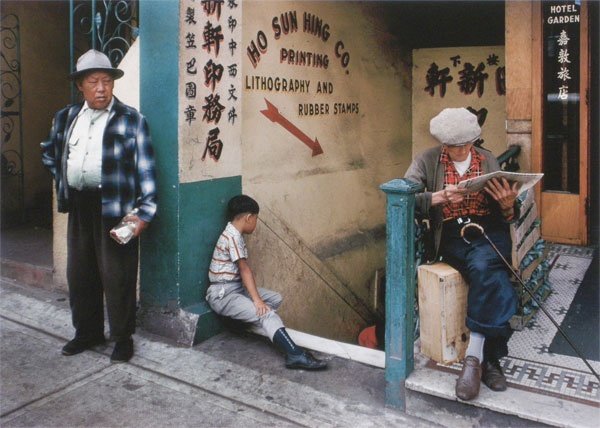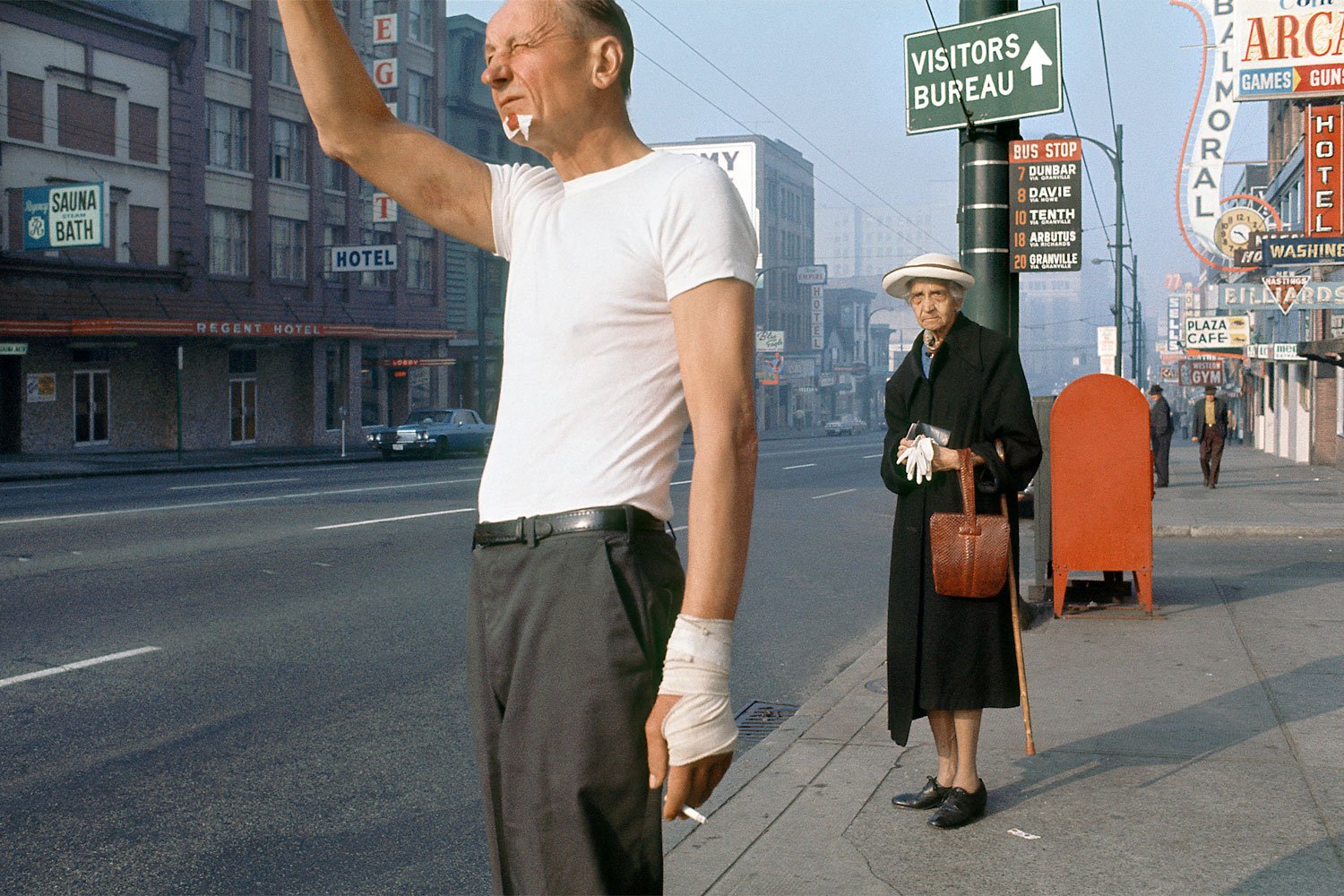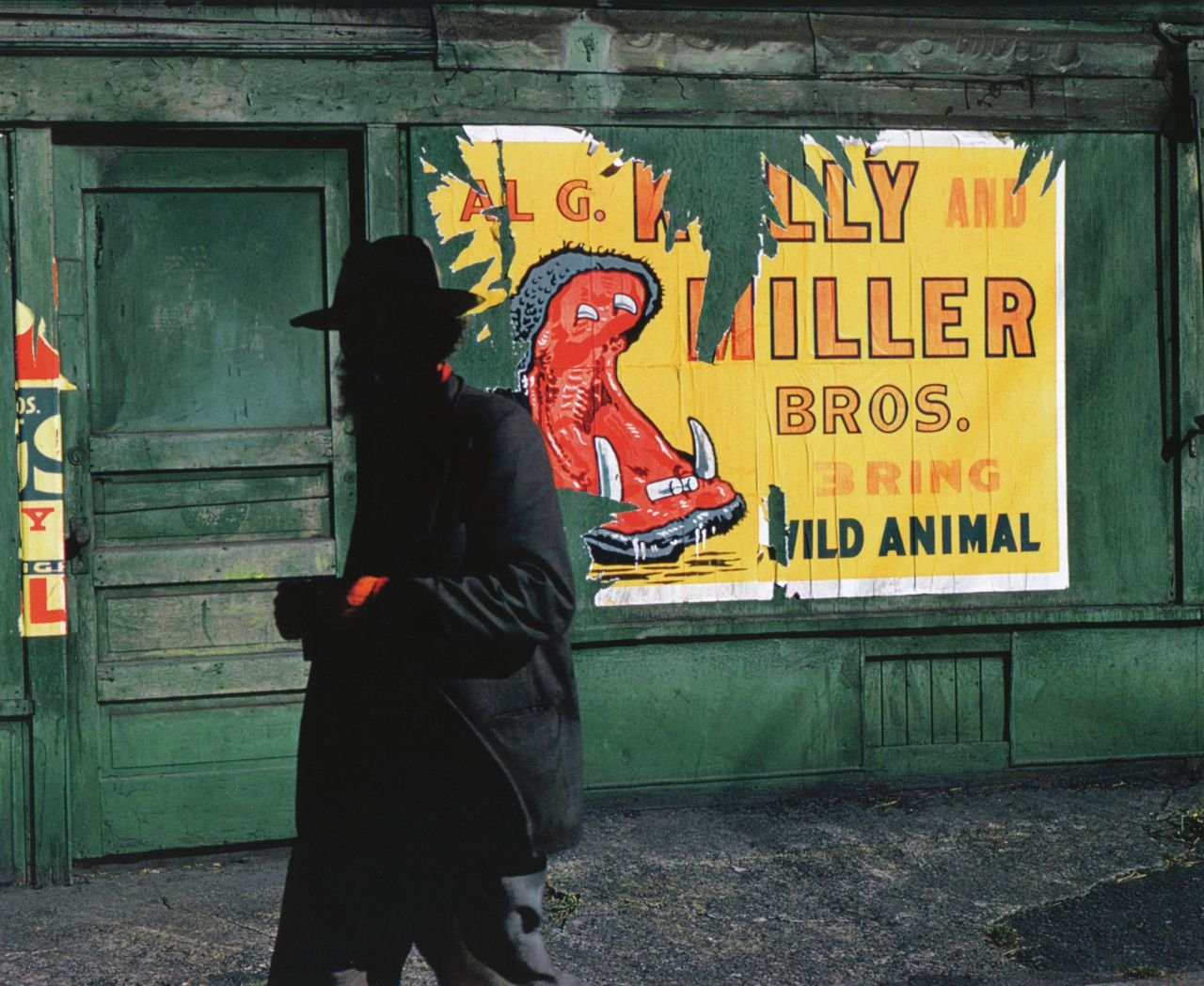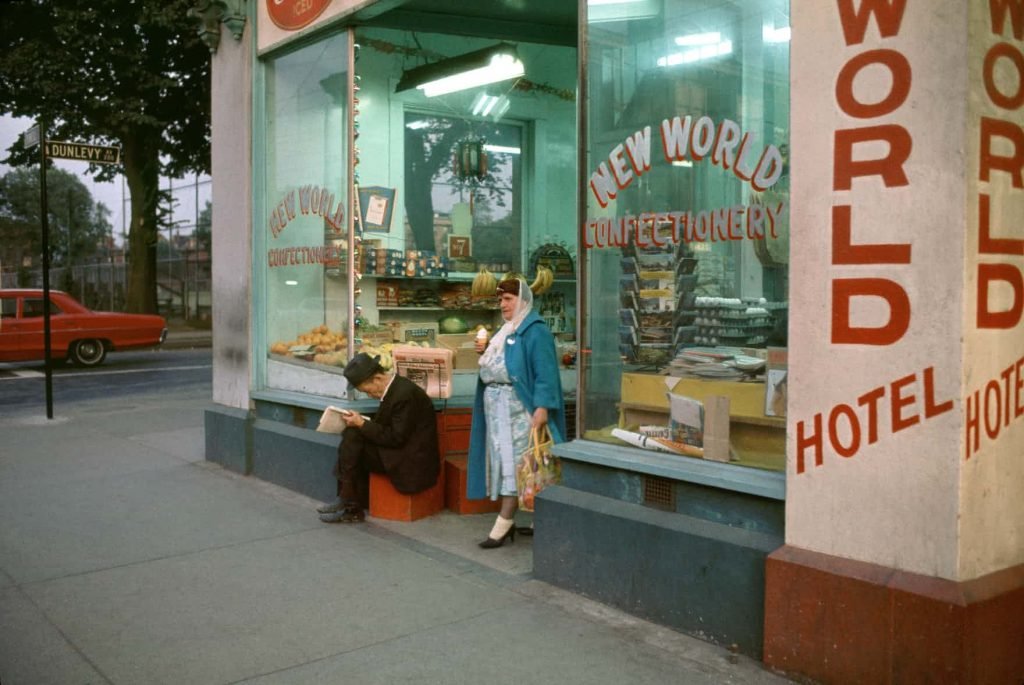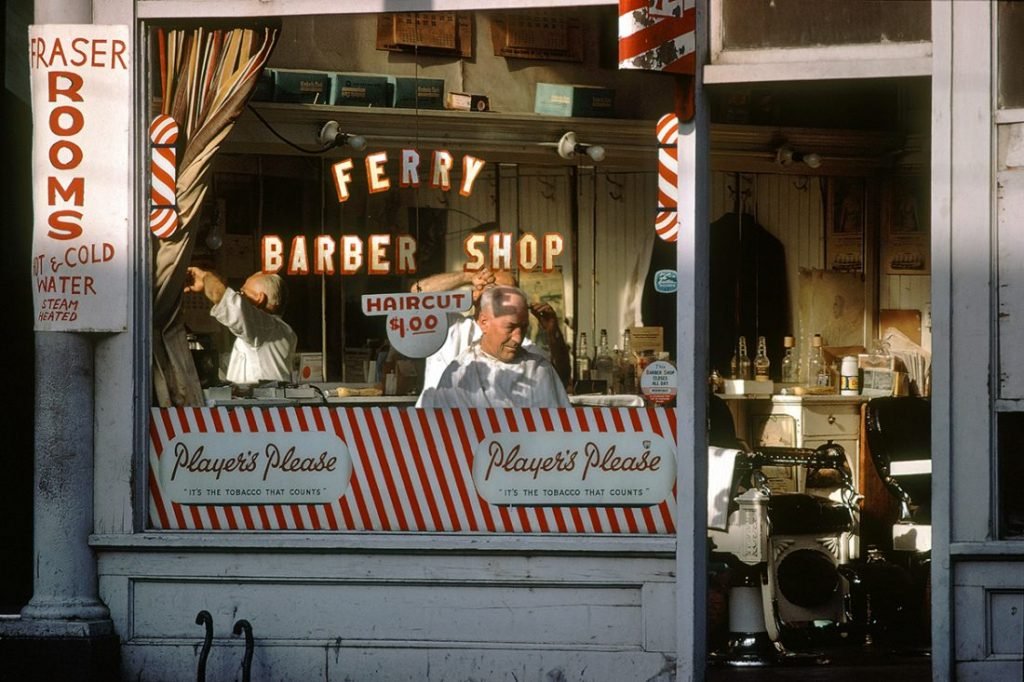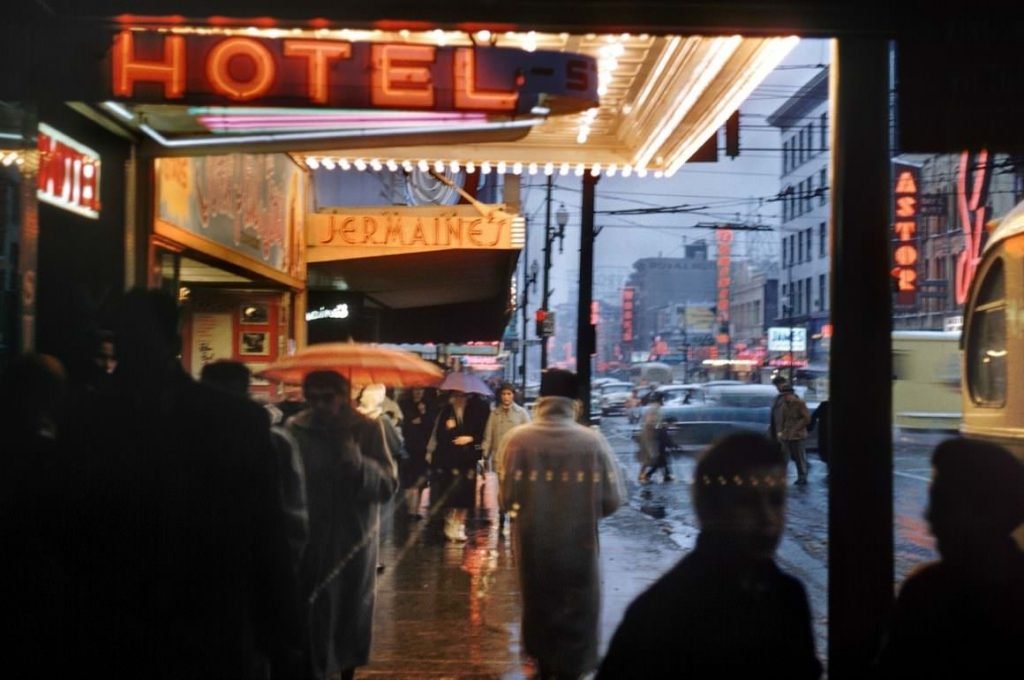Which is Better? Black and White or Colour?
“One very important difference between color and monochromatic photography is this: in black and white you suggest; in color you state. Much can be implied by suggestion, but statement demands certainty... absolute certainty.” Paul Outerbridge
"I have done no color of consequence for thirty years! I have a problem with color—I cannot adjust to the limited controls of values and colors. With black-and-white I feel free and confident of results". Ansel Adams
[5] Fred Herzog
Self portrait 1961
Fred Herzog, (September 21, 1930 – September 9, 2019) (Ulrich Herzog, the name Fred came later, in Canada) brought his first camera in 1950 (20 years old) and began shooting black-and-white pictures in his native Germany.
“One of the most surprising and devastating things to me was meeting after the war was over with my schoolmates and not one of them would talk about their war experiences,” he said. “They only wanted to talk about soccer. That was devastating to me. I just could not believe that this war had already been forgotten by them.” The collision: Fred Herzog, the Holocaust and me.
In 1952, he migrated to Canada and initially resided in Toronto and Montreal before settling in Vancouver in 1953.
Fred Herzog took his first roll of color film many years before William Eggleston established color photography as a legitimate technique for artistic photography. Despite the limitations of the Kodachrome ISO10 film he used, Herzog was unafraid to take risks, often taking handheld shots even at night, as he believed it was a form of journalism. For more than half a century, the Canadian photographer preferred to use Kodachrome slide film almost exclusively. However, it was only in the past decade that technological advancements allowed him to create archival pigment prints that match the vivid colors and intensity of the Kodachrome slide. In this sense, his photographs can be considered as a precursor to the New Color photographers of the 1970s.
During the day, he worked as a medical photographer for local hospitals and the University of British Columbia. In his spare time, he would walk around the city of Vancouver with his camera and capture photographs of people, buildings, and any other scenes that caught his attention.
Fred Herzog's most significant breakthrough came later in life, in 2007, when The Vancouver Art Gallery hosted his first major retrospective. The exhibition, titled "Fred Herzog Vancouver Photographs" was curated by Grant Arnold and showcased his life's work. At that time, Herzog was 76 years old. Following the successful exhibition at the VAG, Herzog's career took off. A New York gallery began selling his work, and he has since had numerous exhibitions throughout Europe.
Herzog was an artist who could find beauty in almost everything around him. He could see the art in a family enjoying their time outside on a summer's day, a Volkswagen Beetle making a turn in the rain, or even a wall of pictures showing men's hairstyles in a local barbershop. He captured images of billboards, second-hand stores, store window displays, neon signs, the working waterfront, and people. Herzog's photos were not produced from a preconceived studio concept. Rather, they were the result of his walking process. They are born out of the intuitive and deductive reasoning of where to be and how to take a picture when you're in that particular location. He was heavily influenced by two photographers: Walker Evans, who documented the effects of the Great Depression in the U.S., and Robert Frank, a photographer whose work was published in the influential book The Americans.
“I have to work fast and on impulse as I walk around the city with my hand-held 35-mm Leica camera. If you don’t trust your instincts, if you don’t trust your first vision, then you lose it. So when there’s action I start shooting right away. I don’t look long.”
1957
"I take pride in saying these are all how we looked, not how we wanted to look, or staged. You cannot stage pictures. That is something I have many many times defended. People say ‘Well you can stage that.’ I say ‘No you cannot, and I can prove it to you.’ Many times over I’ve taken a second shot after [some] kids have seen me, and nothing. It’s a different picture." ~ Herzog
1961
1961
1963
1968
"The signs are a very very important pictorial part of the American city. I won’t even say pictorial, an important cultural part of the American city. If you take the Coca-Cola and other signs away from America downtown, you have nothing. Maybe some interesting architecture, but not very much."
An Interview with Fred Herzog – ‘In His Own Words’ (excerpts) (click on)
“I was aware I was taking art. That’s the conceit of young people. I knew that what I am doing is not only unique, but that someday I’m going to unpack that and shock people with it.”
“I have 80,000 slides. I don’t have them all anymore. Furthermore many of these slides don’t play in this kind of thing. They were done for very different reasons. I’ve got lots of pictures of motorcycle races and of butterflies and God knows what else. I’ve made 28,000 negatives. I counted them, I figured it out, per page of 36 exposures.“
“After about a year of shooting I increasingly felt, ‘somebody has to do this.’ Because otherwise people in the future would only be able to go to People magazine or Look or Time or Life or any of those to see how people looked at the time.”
“First of all when you do black and white all have is the basic resource, a negative. That needs a lot of dancing around the darkroom and time and patience and energy. You should ideally be a man of leisure, an English gentleman. And a lot of English gentlemen did serious and beautiful photography."
“But I didn’t have time for that. That’s one reason [I did colour slides]. I’d get 36 slides back, beautiful, finish.”
On digital technology
“Timing in photography is almost everything. You have to pay attention to where the light comes from, you have to pay attention to your background. If your background is too loud, or makes too much of itself... that’s the problem of the photographic process. It records everything that’s in the viewfinder, whether it’s important or not.”
“All the good pictures that didn’t turn out good, it’s because of the background or because the light comes from one side or some other technical glitch. That’s the grace of these modern digital cameras. First of all everything that can go wrong is taken care of automatically. A person who’s completely ignorant of the photographic process [can take [photos].”
“And I say that respectfully. You don’t have to know anything, you press the button and you get a beautiful picture. That’s how it works out now.This is enormous progress. Because of that you’ll see now a flood of good pictures which we never dreamed we would see.
I already get them in the e-mail.”
